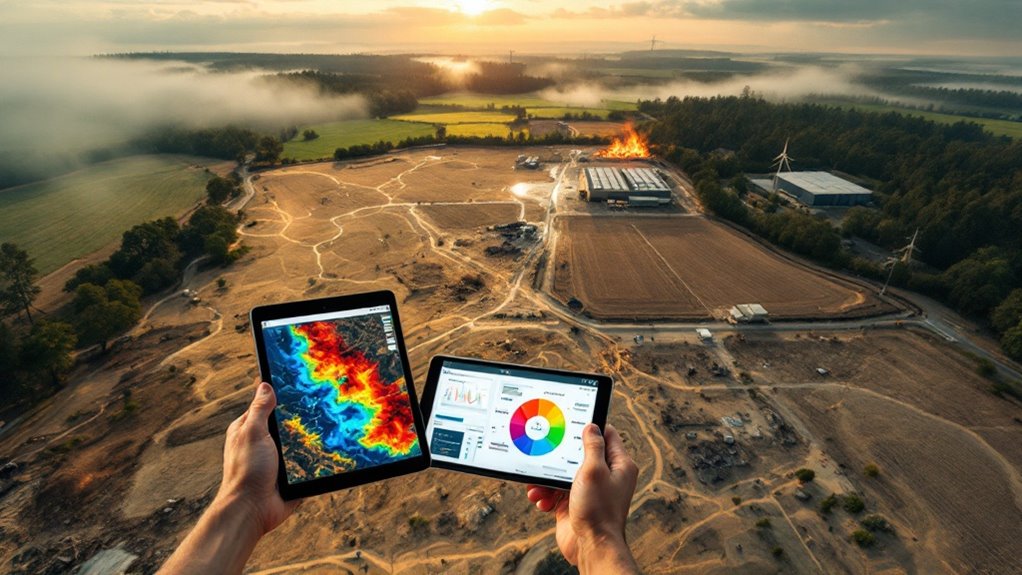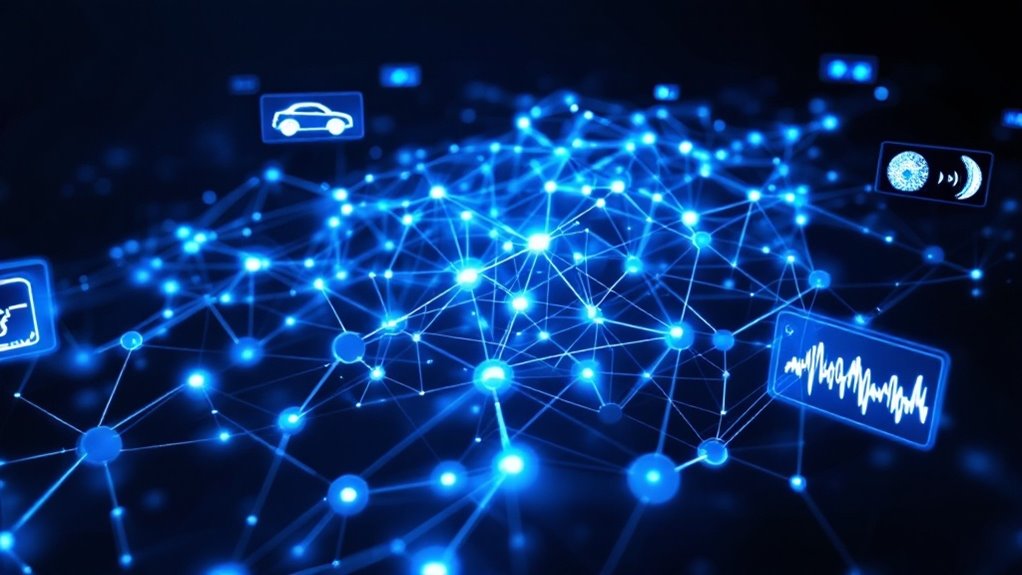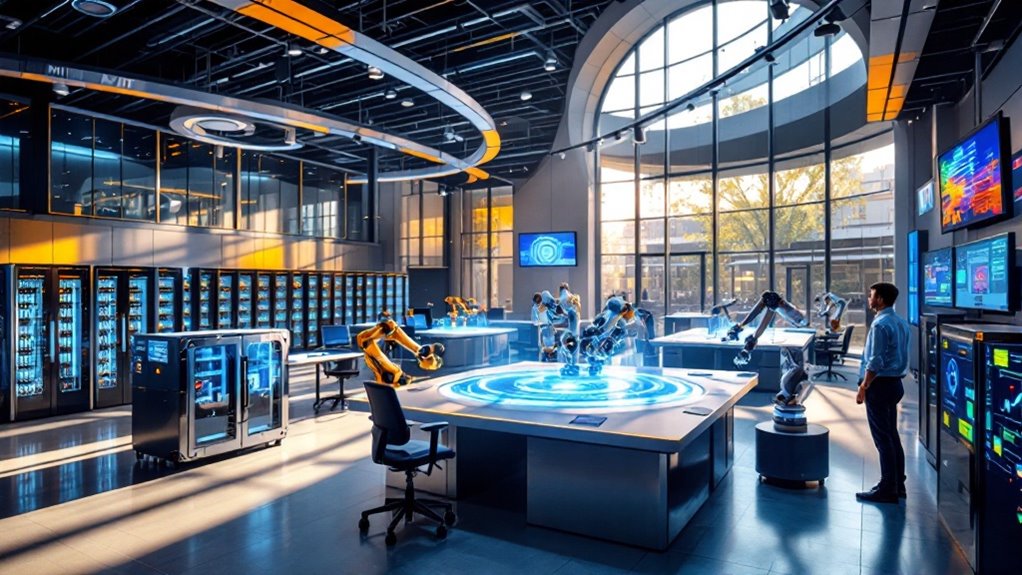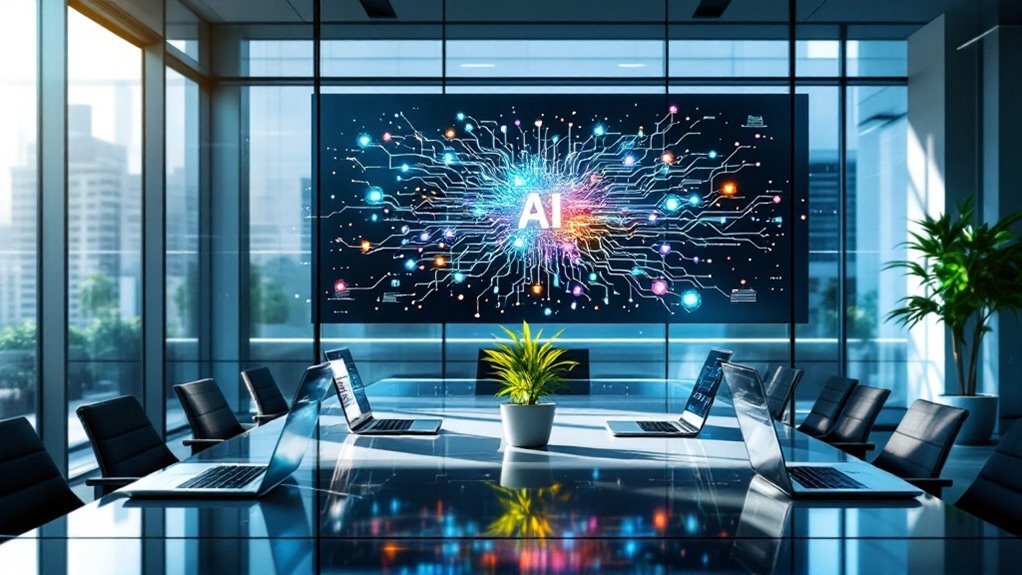AI models are trained through a step-by-step process that’s basically like teaching a toddler to write novels. First, engineers collect and clean diverse datasets (no garbage in, please!). They select appropriate models—think bicycle vs. Ferrari—based on task complexity. The model repeatedly processes data, adjusting parameters like a dog learning tricks. Engineers then fine-tune learning rates and validate performance against unseen data. After deployment, models need constant monitoring and occasional retraining. The journey from data to smart AI is just beginning.
While most of us only see the finished product—that eerily accurate chatbot or the filter that makes you look 20 years younger—AI models undergo a complex training process that’s equal parts science, art, and sheer computational brute force.
Behind every AI that can beat you at chess or recommend your next Netflix binge lies months of meticulous data work.
Behind that seemingly magical AI lies a data scientist’s sweat, tears, and endless caffeine-fueled debugging sessions.
It all starts with data—mountains of it. Engineers collect diverse, high-quality datasets that represent the problem they’re trying to solve. Think of this as feeding your toddler thousands of books before expecting them to write a novel.
This data undergoes rigorous cleaning and formatting, because as the coding veterans say: garbage in, garbage out. AI systems rely on this pre-processing stage to simplify access and handle multiple disparate data formats effectively.
The next critical decision is model selection. Will a simple decision tree suffice, or does the task demand a complex neural network with millions of parameters? It’s like choosing between a bicycle and a Ferrari—one might be perfect for a quick trip to the store, while the other is built for the autobahn.
Once the architecture is set, the actual training begins. The model processes the data repeatedly, adjusting its internal parameters with each pass.
Imagine teaching a dog to sit—there’s repetition, reward, and incremental improvement. Except this dog is made of math and requires thousands of iterations.
Hyperparameter tuning follows, which is fundamentally tweaking the model’s learning “knobs.” Too high a learning rate? Your AI might overshoot. Too low? You’ll be waiting until the next ice age for results.
The validation stage is where reality checks happen. The model faces unseen data, and metrics reveal its true capabilities. Effective evaluation prioritizes precision and recall to ensure the model performs consistently across different scenarios.
It’s the difference between memorizing answers and actually understanding the material.
Finally, after passing rigorous testing, the model graduates to deployment—ready to face the unpredictable wilderness of real-world data.
But the journey doesn’t end there. Like celebrities maintaining their physiques, AI models require constant monitoring and occasional retraining to stay relevant and accurate. Engineers often implement feature engineering techniques to transform raw data into more meaningful inputs that enhance model performance over time.









